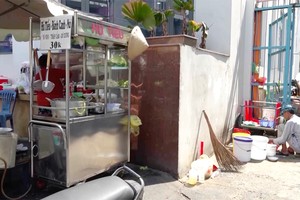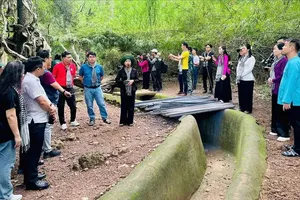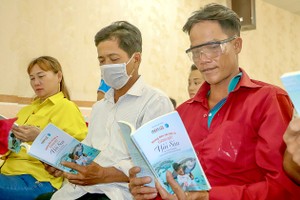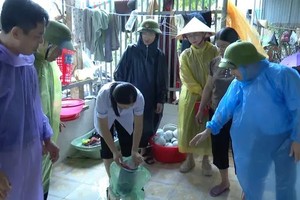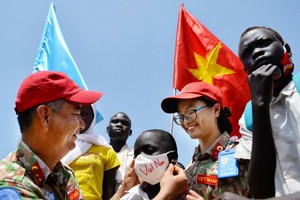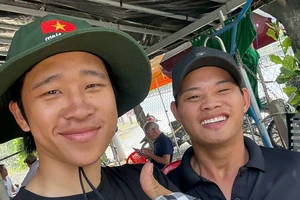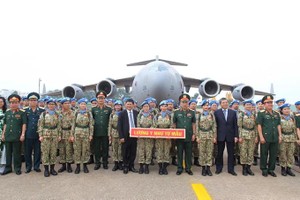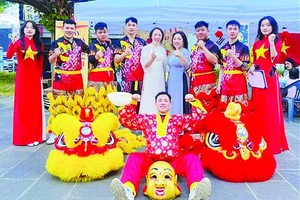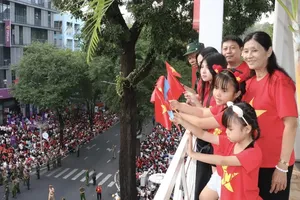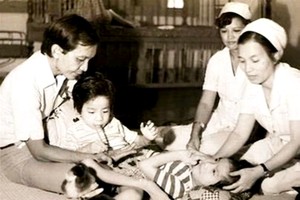Into his 90th year, the zest for life has not dimmed in To Hoai.
The glint in his eye, his wide smile and quick wit are all still intact with the author of the “De men phieu luu ki” (A cricket’s adventure diary) that has become a national folk treasure.
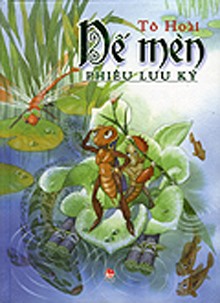
De Men Phieu Luu Ki, the most excellent book To Hoai wrote for children.
Probably the only national literary giant still around to celebrate the 1000th anniversary of Thang Long-Hanoi, he is still as engaged with today’s world as ever, and his memories of the past are as sharp as they are poignant.
One spring morning in a tenement house in Hanoi, Sai Gon Giai Phong and the famous writer had an interesting conversation that was filled with loud laughter as well as wistful reminiscences.
With over 200 book titles published, To Hoai has broken record of the writer Le Van Truong with 180 titles published before1945.
Besides “De men phieu luu ki,” which was first published in 1941 under the title “Chuyen de men” (Cricket’s story), some of outstanding works written after 1986 include “Cat bui chan ai” (Dusts on someone’s feet), “Chieu chieu” (Late afternoon) and “Ba nguoi khac” (Three different people).
Journalist
After the big success of “De men Phieu luu ki”, the then 18-year-old To Hoai asked the chairman of the Tan Dan publishing house Vu Dinh Long to grant him a paper recognizing him as a young reporter.
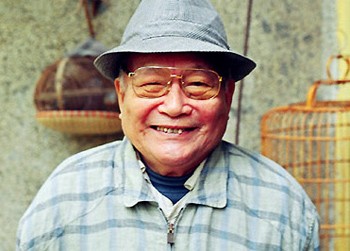
To Hoai then traveled around the country and even to Laos and Cambodia to write articles.
The location where he stayed longest was Sai Gon, Ho Chi Minh City now, for which he has retained a deep love all his life.
On one trip to Saigon, he visited the neighboring province of Tay Ninh and during his stay there, he usually bought newspapers and stamps at one particular grocery store where a girl would be sitting, doing some needlework. Her name was Phung and she was vacation from a school in Saigon.
They fell in love but were not able to stay together as history intervened.
During a a trip to the north, To Hoai got stuck because of the war Vietnam was then engaged in, against the French colonialists and fascist Japan.
In the late 1960s, To Hoai had his close friend, Nguyen Van Bong, who traveled to the south on revolutionary missions, to search for Phung.
He was heartbroken to learn that she had left for France.
After the country became reunited in 1975, To Hoai worked with the Vietnam Writers Association, and was responsible for foreign affairs. On his business trips abroad, he continued to look for Phung, but in vain.
A long time after, out of the blue, he received a letter with just his name on the envelope. It was from Phung.
Phung then returned to Vietnam to meet him – a meeting that was both sad and happy.
She told him that after he had traveled to the north, she had tried her best to contact him, but failed.
Later, she married a Frenchman and left for France.
After that moving meeting, they met every year, traveling to Vung Tau, Ha Long Bay and other landscapes in the country as well as many pagodas. He had his family meet Phung as well.
Thereafter, she always kept him informed about her whereabouts, whether she was in France or the US.
However, he said sadly, he has not heard from her for the last two years.
Maybe, she has passed away, she is over 80 years old already, To Hoai said, a faraway look in his eyes.
His voice rose and ebbed as he recalled different phases of his life, but I left with the deep impression of a man who still loves life and conveys that in his prolific, simple, but profound writings.
